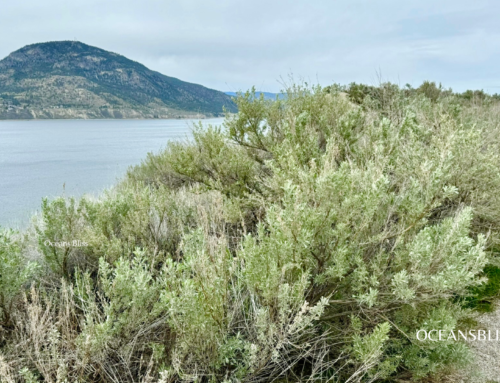
Share The Bliss
How to Build a Greenhouse In the Okanagan for Under $400

Share The Bliss
Hello Friends!
For under $400, we built a greenhouse and garden beds, filled them with soil, and planted seeds! Here, I’m going to share with you all the creative solutions we used in our quest for a sustainable, protected vegetable garden, utilizing free eco-friendly materials. Plus, an added bonus tip of what to do when it gets Okanagan hot in your greenhouse!
Our investment in a greenhouse, purchased on sale for $309, is a game-changer for us; it extends our growing season and protects our plants from all the deer roaming around the orchards, the quail who eat seeds, rabbits, marmots, raccoons and the list goes on and on!
Our garden boxes, made from reclaimed pallet wood, saved us a lot of money to build. In total, we made seven garden boxes and three smaller potato boxes, all with free, untreated raw pallet wood that we collected from local hardware stores. The sweat equity here included removing nails from the wood!
We sourced bulk soil, a mix of sea compost, mushroom compost, worm casings, peat moss, and black earth. Plus we also used fresh-cut grass from our lawn and cut up tree branches from our garden. We do this because as it decomposes it adds hydrogen to the soil naturally and it helps fill up the garden beds reducing the amount of soil you need to purchase.
To prevent grass intrusion in the garden boxes, we used recycled boxes at the bottom of our garden beds before adding soil. This simple hack not only promotes a weed-free environment but it is free and eco-friendly. Thanks to Francesco, our farmer friend for this tip!
To secure the greenhouse for those windy Okanagan days, we used cork screw style dog stake spirals to secure the frame in each corner, these were the half the price of regular screw anchors found in hardware stores!

Now for the ‘hot’ tip! When it gets too hot in the greenhouse, we added wire mesh using zap straps along the frame, we can easily remove the cover when it gets too hot and not worry about any animals or birds getting in! Bulk wire mesh can be purchased at hardware stores but luckily we were able to source some at habitat for humanity, it just needs to be cut and shaped a bit more! We also used the wire mesh over our potato boxes, salad boxes and around our watermelon and rhubarb, which are located outside of the greenhouse.
Through sweat equity and practical choices, we created a thriving garden sanctuary for about $400 and about 10 hours of labour.
I hope these tips help you out in getting your budget friendly greenhouse up and running!
Have a beautiful garden season!

Featured Product
‘Fractals” – NEW! Spring Poster Print
Naramata, BC, Canada










